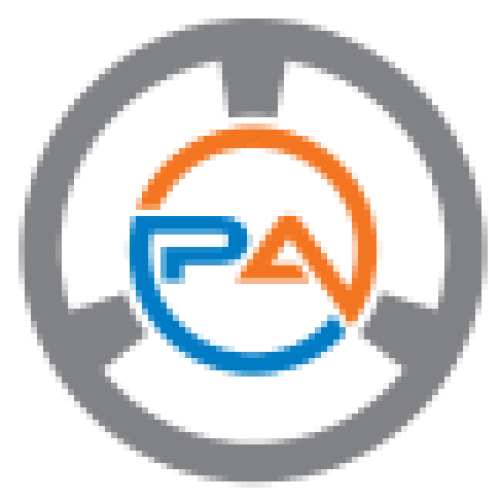
According to Gallup, only 21% of employees are truly engaged at work. That means 79% — over three-quarters of your workforce — are potentially liabilities rather than assets.
Think of your employees like cars in a garage. Some are finely tuned sports cars ready to accelerate toward results. Others sputter along, guzzling resources, leaking energy, and needing constant repairs.
Are your employees assets or liabilities?
Employees are your greatest investment. But are they always giving you the best return on that investment, or are they draining your company’s resources and slowing your progress?
Diagnostics First: Is It a Systemic Problem or a Bad Spark Plug?
Before a mechanic scraps a car, they run a diagnostic to find the root issue. Similarly, leaders must examine whether a performance problem is company-wide or isolated to specific “parts.”
Questions to ask include:
- Is low productivity a systemic “engine failure,” or is it limited to one department?
- Are employees receiving the right “fuel” — support, tools, and resources?
- Is your organizational “wiring diagram” (org chart) designed to help you pinpoint problems and ensure each “component” works as it should?
- Do employees feel they’re in the right “vehicle” — roles that match their skills, strengths, and education?
- Are they provided enough “coolant” through work-life balance to avoid burnout?
- Is your communication system smooth and positive, or corroding culture and morale?
Leadership: Steering Employees to Be Assets, Not Liabilities
Even a perfectly engineered car will underperform with an unskilled or careless driver. Likewise, leaders can become liabilities when they create bottlenecks, enforce rigid structures, or fail to trust their people.
Take a friend of mine as an example. He was recruited by a company that promised him freedom to “tune his own vehicle” — to shape his environment for peak performance. After onboarding, his supervisor suddenly demanded that he follow a rigid, predetermined approach. Despite his proven track record and expertise, his requests for adjustments were denied.
Eventually, he left and joined an organization that valued his input and allowed him to create a productive environment. He transformed from a perceived liability into a tremendous asset — proving that sometimes, it’s the leadership, not the “engine,” that needs fixing.
Don’t Scrap — Rebuild: Turning Liabilities into Assets
Too often, organizations treat employees like disposable parts, quick to “replace” rather than repair. But as with classic cars, sometimes a thoughtful tune-up can transform a struggling performer into a top-tier contributor.
Before deciding someone is a liability, consider running a thorough diagnostic. Explore why performance is lagging and involve employees in designing solutions.
By giving employees a voice in change management, you transform them into co-pilots rather than passengers. This involvement strengthens engagement and makes change more sustainable. Research from Psychology Today shows that when employees shape their own environment, they’re more motivated and invested in success.
How to Diagnose and Transform Assets or Liabilities
To take charge of your human investment:
- Use anonymous surveys and interviews — your organizational “OBD scanner” — to find hidden performance problems.
- Bring in an unbiased outside partner to spot blind spots and recommend improvements.
- Implement collaborative change management strategies that allow employees to co-create solutions.
- Reassess organizational structure and leadership approaches to ensure you’re fostering assets, not creating liabilities.
The Finish Line
You wouldn’t blame a sports car for poor performance if it’s neglected, starved of fuel, or driven recklessly.
Treat your employees like high-performance vehicles: diagnose carefully, invest consistently, and guide them with skilled leadership.
Before you label employees as assets or liabilities, look under the hood. With the right maintenance and trust, many liabilities can become your most powerful assets.
References
Gallup. (2021). State of the global workplace: 2021 report. https://www.gallup.com/workplace/349484/state-of-the-global-workplace.aspx#ite-659699
Strande, L. (2024, June 20). Use psychological ownership to gain better staff engagement. Psychology Today. https://www.psychologytoday.com/us/blog/indispensable-thinking/202406/use-psychological-ownership-to-gain-better-staff-engagement?msockid=04b1040722316b6e09fc16f323a36a8e
Image Credits
Dissolve. (n.d.). Pit crew working on formula one race car repair [Stock photo]. Dissolve. https://dissolve.com/stock-photo/Pit-crew-working-formula-one-race-car-repair-royalty-free-image/101-D985-52-299

